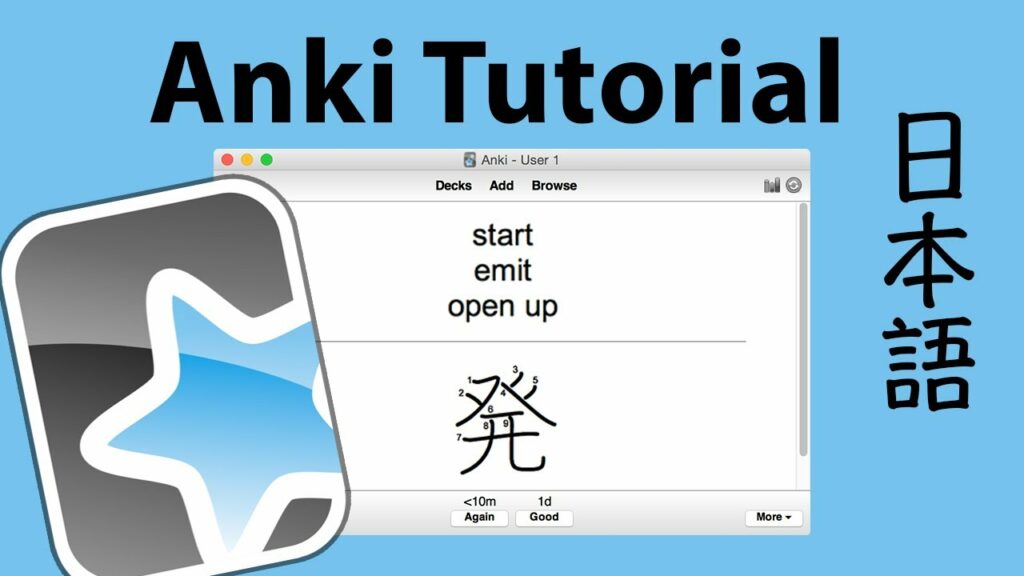

Different books and websites and ways to figure out languages come and go, but only one always remains: Anki (available for iPhone, Android, and desktop).Īnki cards are basically digital flashcards that you can use on both your computer and your mobile device, but they’re so, so much more than that. I’ve been learning languages on and off for more years than I’d like to count. Should be the same as constant SCHEMA_VERSION defined in anki/consts.Full disclosure: This post contains affiliate links. Last schema modification date, timestamp in milliseconds - If server scm is different from the client scm a full-sync is required Last time you create a new card or study our flashcards. Modification date, timestamp in milliseconds. Creation date, timestamp in seconds - (Ex: 1415070000 for the 2014, 4th November) An integer identifier (1, 2, 3.) - arbitrary number since there is only one row The collection (contains one or many decks) - col contains a single row that holds various information about the collection CREATE TABLE col ( original did: only used when the card is currently in filtered deck - (used in SRS algorithm)ĭata text not null - currently unused (always empty string) original due: only used when the card is currently in filtered deck - (used in SRS algorithm) reps left till graduation (used in SRS algorithm) The number of times the card went from a "was answered correctly" - to "was answered incorrectly" state (used in SRS algorithm) left integer not null, The number of reviews (used in SRS algorithm) Due is used differently for different card types: - new queue: note id or random int - due/rev queue: integer day, relative to the collection's creation time - learning queue: integer timestamp Same as type, but -1=suspended, -2=user buried, -3=sched buried usn < server usn indicates changes that need to be pulled from server.
#ANKIFLASHCARDS UPDATE#
update sequence number: used to do diffs when syncing with AnkiWeb - value of -1 indicates changes that need to be pushed to server. ordinal : identifies which of the card templates it corresponds to - valid values are from 0 to num templates - 1 - see the model JSON representation (field tmpls) The card id, could be generated randomly - Anki uses the epoch milliseconds of when the card was created There can be multiple cards for each note, as determined by the Template. \- prefs.db: A SQLite database to contains your preferences. | The file is always appended by Anki but never read directly | \- deleted.txt: A log of card deletions acting as the trash bin. | |- 2: An SQLite database listing all of the media | |- collection.log: A log file containing the list of actions | |- collection.anki2-journal: A binary file | |- collection.anki2: A SQLite database containing all (hundreds of images, sounds for my personal folder) | |- dia: The list of media included in the cards | | | (the last 30 backups are saved by default) | |- backups: The most recent backups automatically created by Anki |- User 1: A folder named after your profile name | On fresh install, this folder is empty as no add-ons are installed
#ANKIFLASHCARDS INSTALL#
|- addons: a list of third-party add-ons that you can install directly


 0 kommentar(er)
0 kommentar(er)
